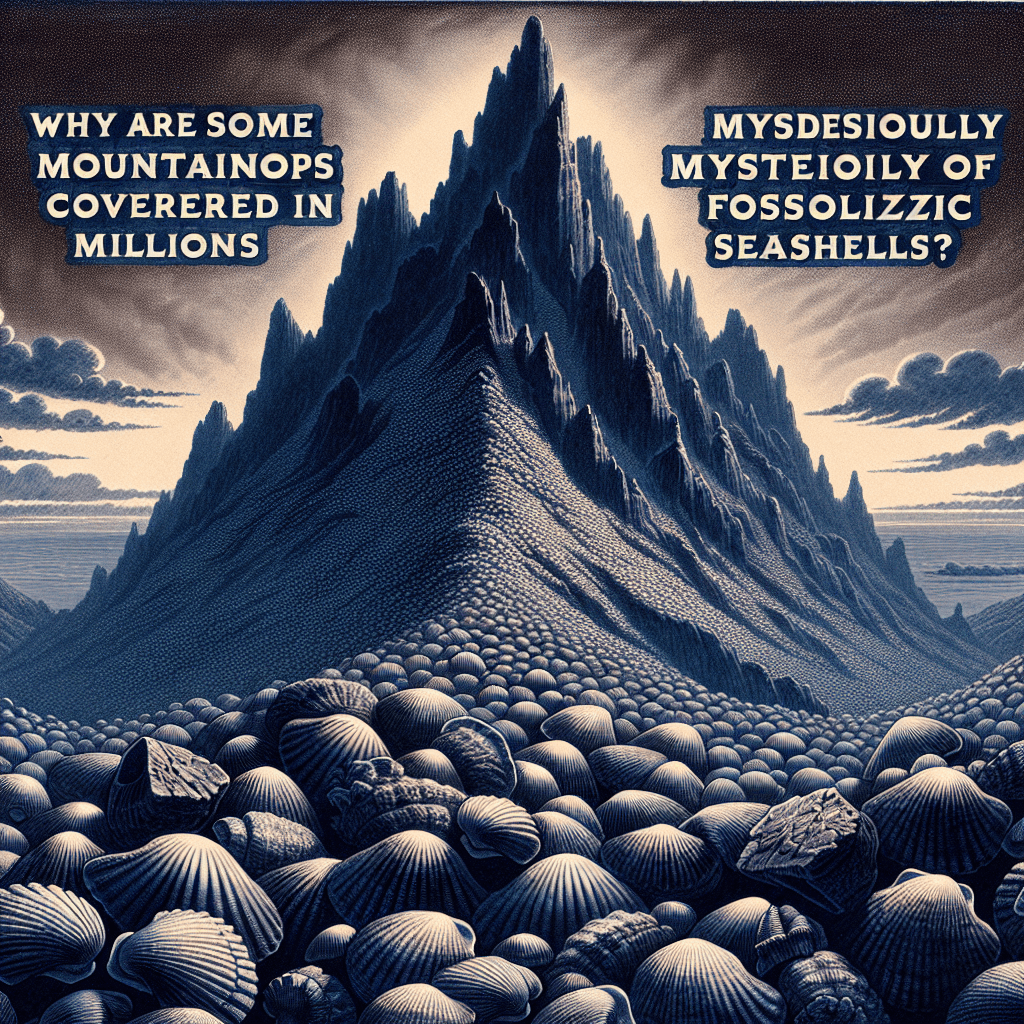Why do long-distance runners sometimes finish a race covered in white salt crystals
That salty crust on your skin after a long race isn't just dried sweat—it's a visible clue about your unique physiology, and it could be a critical warning sign you shouldn't ignore.


Too Long; Didn't Read
TLDR: The white crystals are salt left on a runner's skin. As they sweat, the water evaporates to cool them down, but the salt in their sweat remains behind and dries into a visible crust.
The Salty Finish Line: Why Do Long-Distance Runners Sometimes Finish a Race Covered in White Salt Crystals?
Have you ever watched a marathon and seen runners cross the finish line with strange white, chalky streaks on their faces, necks, and jerseys? It’s a common sight in the world of endurance sports, yet a curious one. These white marks aren't dirt or chalk from the course; they are salt crystals left behind by sweat. This fascinating phenomenon is more than just a cosmetic quirk—it’s a visible sign of a complex physiological process that is critical to a runner's performance and health. This post will delve into the science behind why runners get caked in salt, what it means to be a "salty sweater," and how this information can help athletes optimize their hydration and fueling strategies.
What's Really in Your Sweat?
To understand the white salt crystals, we first need to understand the purpose and composition of sweat. The primary function of sweating is thermoregulation—it's your body's most effective air-conditioning system. As you run, your internal body temperature rises. In response, your sweat glands release a fluid onto the surface of your skin. As this fluid evaporates, it takes heat with it, effectively cooling you down.
While sweat is about 99% water, the remaining 1% is a crucial cocktail of dissolved minerals known as electrolytes. These include:
- Sodium: The most abundant electrolyte in sweat.
- Chloride: Binds with sodium to form salt.
- Potassium
- Magnesium
- Calcium
These electrolytes are vital for numerous bodily functions, including maintaining fluid balance, enabling nerve impulses, and facilitating muscle contractions. The gritty white residue you see on a runner is primarily sodium chloride (table salt) that gets left behind when the water component of their sweat evaporates into the air.
The Making of a "Salty Sweater"
So, why do some runners look like they’ve been dusted with powdered sugar while others finish a race looking relatively salt-free? The visibility of salt crystals comes down to two main factors: a high sweat rate and a high sweat-sodium concentration.
Individual Sweat-Sodium Concentration
The single biggest factor is that some individuals are simply "salty sweaters." Research from sports science institutions shows that the concentration of sodium in sweat can vary dramatically among athletes, ranging from as low as 200 mg per liter to over 2,000 mg per liter. This variation is largely determined by genetics. If you are a salty sweater, you lose significantly more sodium per liter of sweat than the average person. When the water from this highly concentrated sweat evaporates, a much larger, more visible amount of salt is left on the skin.
Other Contributing Factors
Beyond genetics, several other elements can influence whether you finish a run covered in salt:
- Acclimatization: When an athlete is not yet fully acclimatized to hot conditions, their body tends to lose more sodium in their sweat. As the body adapts to the heat over days or weeks of training, it becomes more efficient at reabsorbing and conserving sodium, resulting in less salty sweat.
- Diet: A diet high in sodium can sometimes lead to a higher concentration of sodium in your sweat.
- Environmental Conditions: The rate of evaporation plays a huge role. On a hot, dry, and windy day, sweat evaporates very quickly. This rapid evaporation leaves the salt behind before it can be wiped away or drip off, making the crystals much more apparent. In high humidity, sweat tends to drip off the skin rather than evaporate, carrying the salt with it.
More Than Just a White Stain: Implications for Performance
Seeing salt on your skin is a powerful piece of bio-feedback. For a salty sweater, it's a clear visual cue that they are losing a significant amount of a critical electrolyte. Ignoring this can have serious consequences for performance and health.
Significant sodium loss can contribute to dehydration, muscle cramping, and fatigue. In extreme cases, if an athlete only replaces lost fluids with plain water and fails to replenish sodium, they risk developing hyponatremia. This is a dangerous condition where the concentration of sodium in the blood becomes abnormally low, leading to symptoms like nausea, headaches, confusion, and, in severe cases, it can be life-threatening.
Recognizing you are a salty sweater is the first step toward better fueling. These athletes must be more diligent about their electrolyte replacement strategy, incorporating sports drinks, electrolyte tabs, or salt capsules into their hydration plan during long training runs and races.
Conclusion
The white salt crystals on a long-distance runner's skin are a direct result of the body's cooling mechanism at work. As sweat—a mixture of water and electrolytes like sodium—evaporates to cool the body, the salt is left behind. The amount of salt is a unique signature, determined by an individual’s genetics, acclimatization level, and the race-day environment. Far from being just a messy side effect of a hard effort, these salty streaks serve as a crucial indicator of an athlete's physiological needs. By understanding why they appear, runners can better tailor their nutrition and hydration, ensuring they not only cross the finish line strong but also stay safe and healthy while doing so.
More Articles

Why are some mountaintops mysteriously covered in millions of fossilized seashells?
Long before any climber, ancient sea creatures reached the world's highest summits. Uncover the incredible story of how the ocean floor was thrust thousands of feet into the sky, leaving millions of fossils in its wake.

Why do movie punches sound so much crunchier and louder than real ones?
That sickening, bone-crunching punch you hear in the movies is a lie, and the secret ingredient is probably sitting in your refrigerator right now.

What makes a beer bottle suddenly foam over just from a light tap on top?
It’s not magic, it’s a shockwave; discover the explosive physics that turns a gentle tap on your beer bottle into an instant foamy geyser.